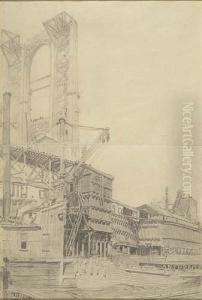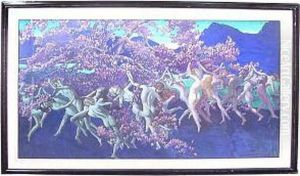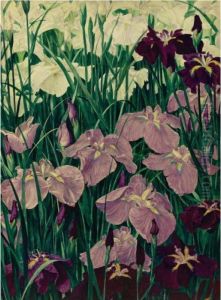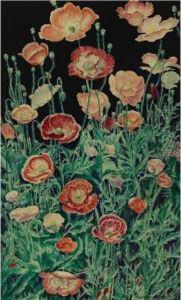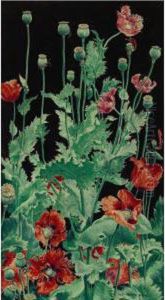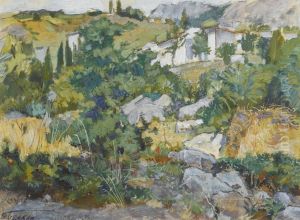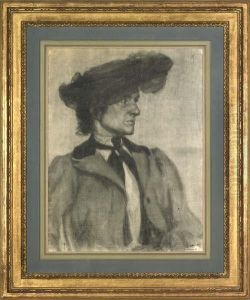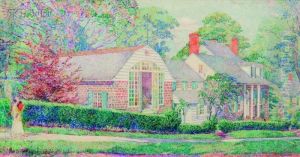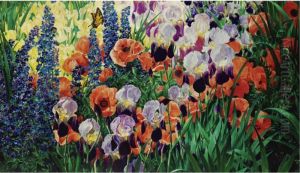J. Rutherford Boyd Paintings
J. Rutherford Boyd was an American sculptor whose work is characterized by its classical style and emphasis on historical and allegorical subjects. Born in 1884, Boyd's education and early career were influenced by the prevailing Beaux-Arts tradition, which emphasized classical forms and techniques. He studied at the Pennsylvania Academy of the Fine Arts and later in Europe, where he was exposed to the works of Renaissance masters, further shaping his artistic approach.
Boyd's career spanned the early to mid-20th century, a period that saw significant changes in the art world, including the rise of modernism. Despite these shifts, Boyd remained committed to the classical tradition. His sculptures often reflect a meticulous attention to form and detail, qualities that earned him both acclaim and criticism in an era increasingly dominated by abstract and experimental art.
Among Boyd’s notable works are public monuments and memorials that blend technical skill with poignant symbolism. He was particularly adept at capturing the human form, imbuing his figures with a sense of dignity and grace that transcends the specific historical or allegorical context of the work. This ability made him a sought-after sculptor for public commissions across the United States.
Throughout his career, Boyd was an active participant in the American art scene, contributing to its institutions and debates. He was a member of various arts organizations and frequently exhibited his work, gaining a reputation as a skilled but somewhat traditional artist in a time of rapid change. Despite the overshadowing prominence of modernist movements, Boyd’s work retained a loyal following, particularly among those who appreciated the craftsmanship and historical resonance of classical sculpture.
J. Rutherford Boyd passed away in 1951, leaving behind a body of work that continues to be studied and admired for its technical excellence and artistic integrity. His sculptures, while rooted in the past, speak to timeless themes of beauty, heroism, and human dignity, securing his place in the annals of American art history.
